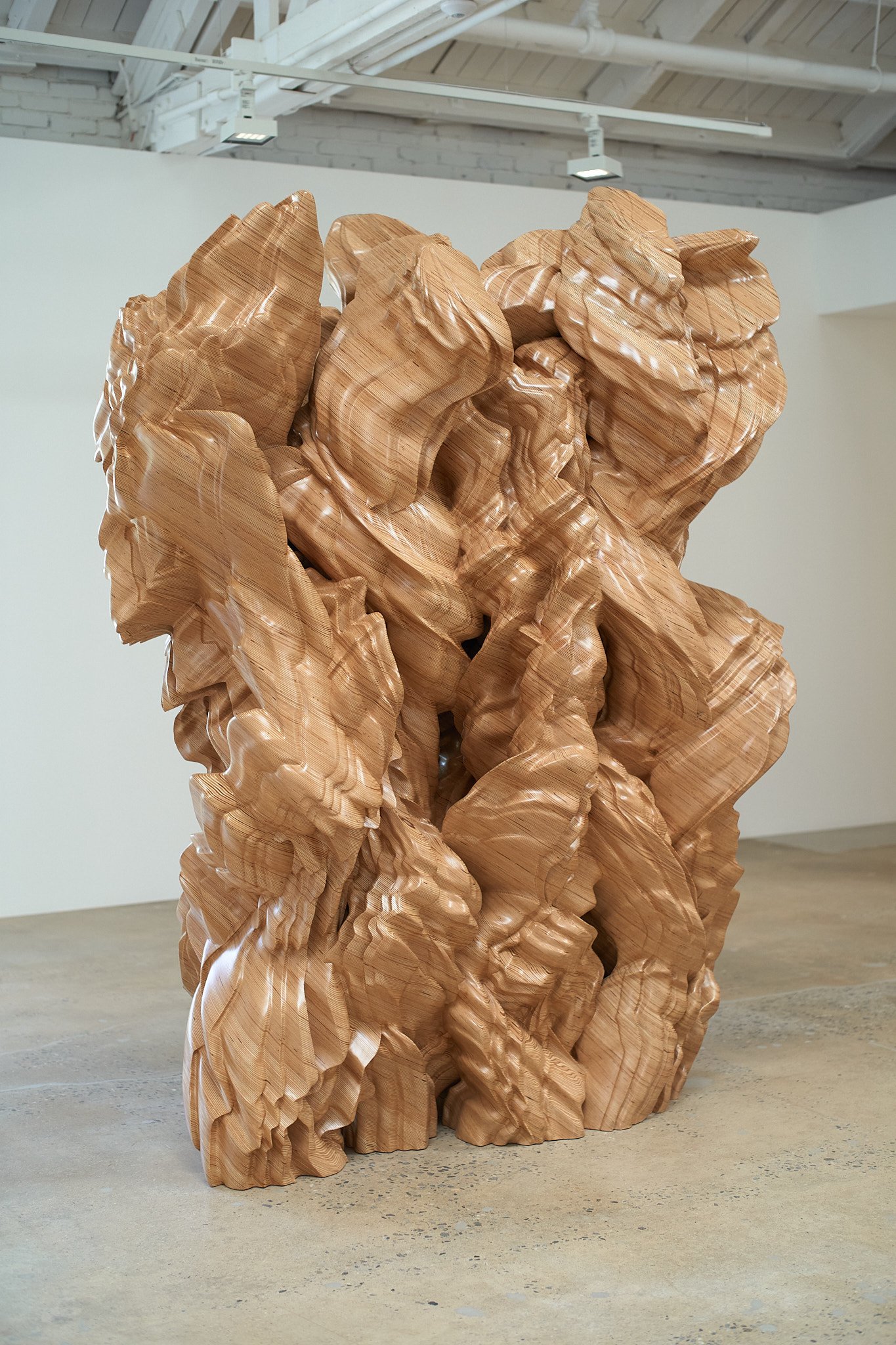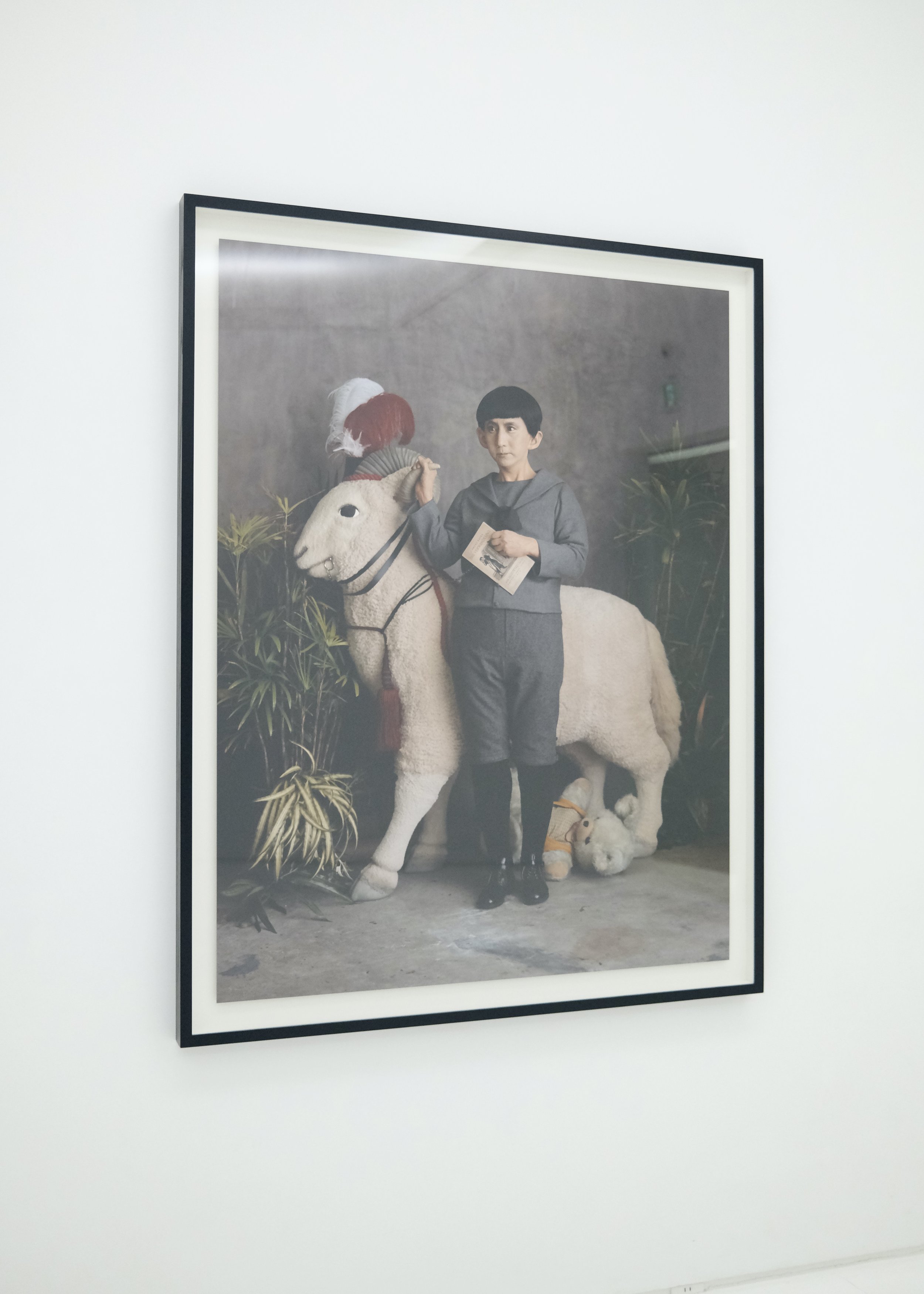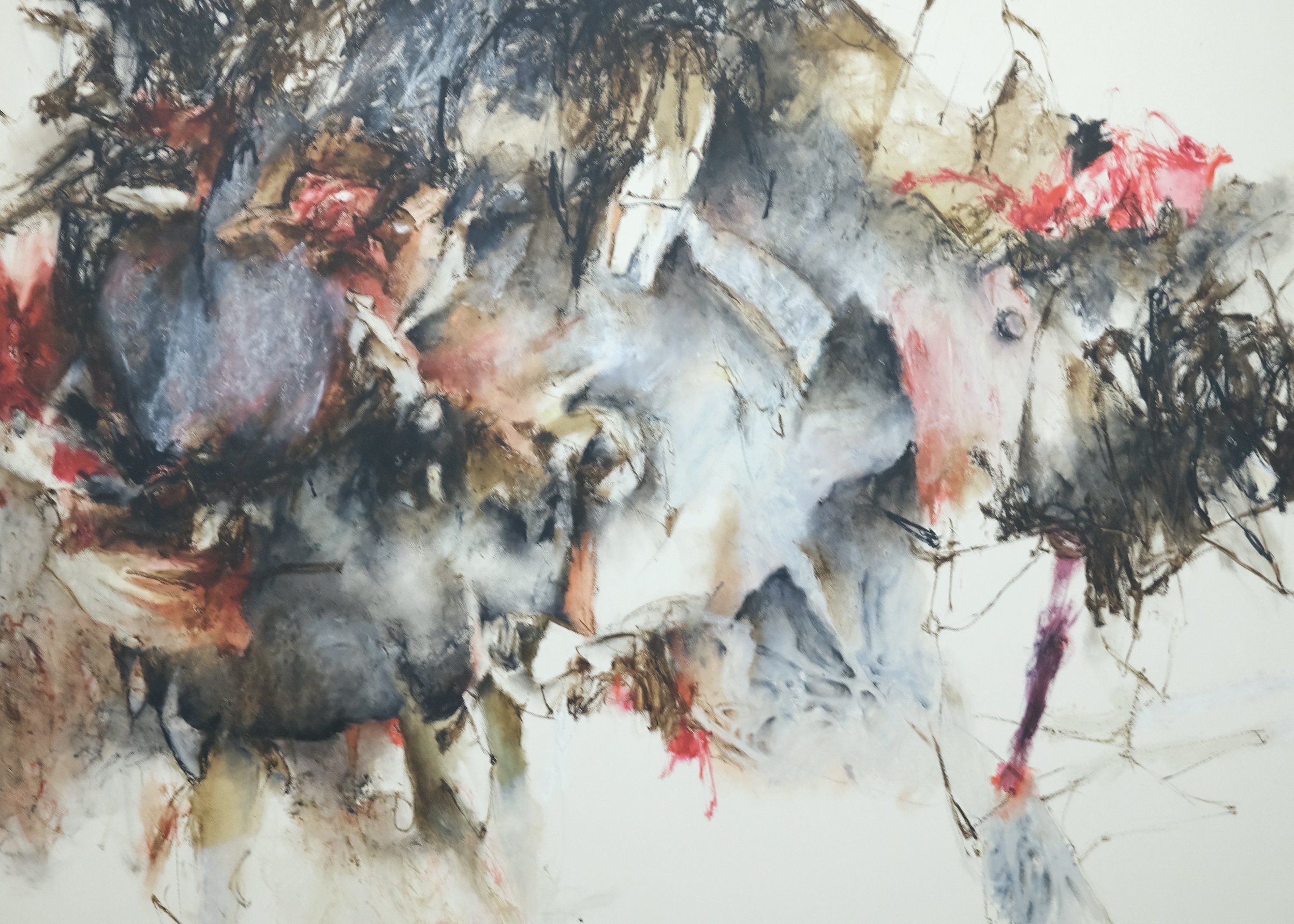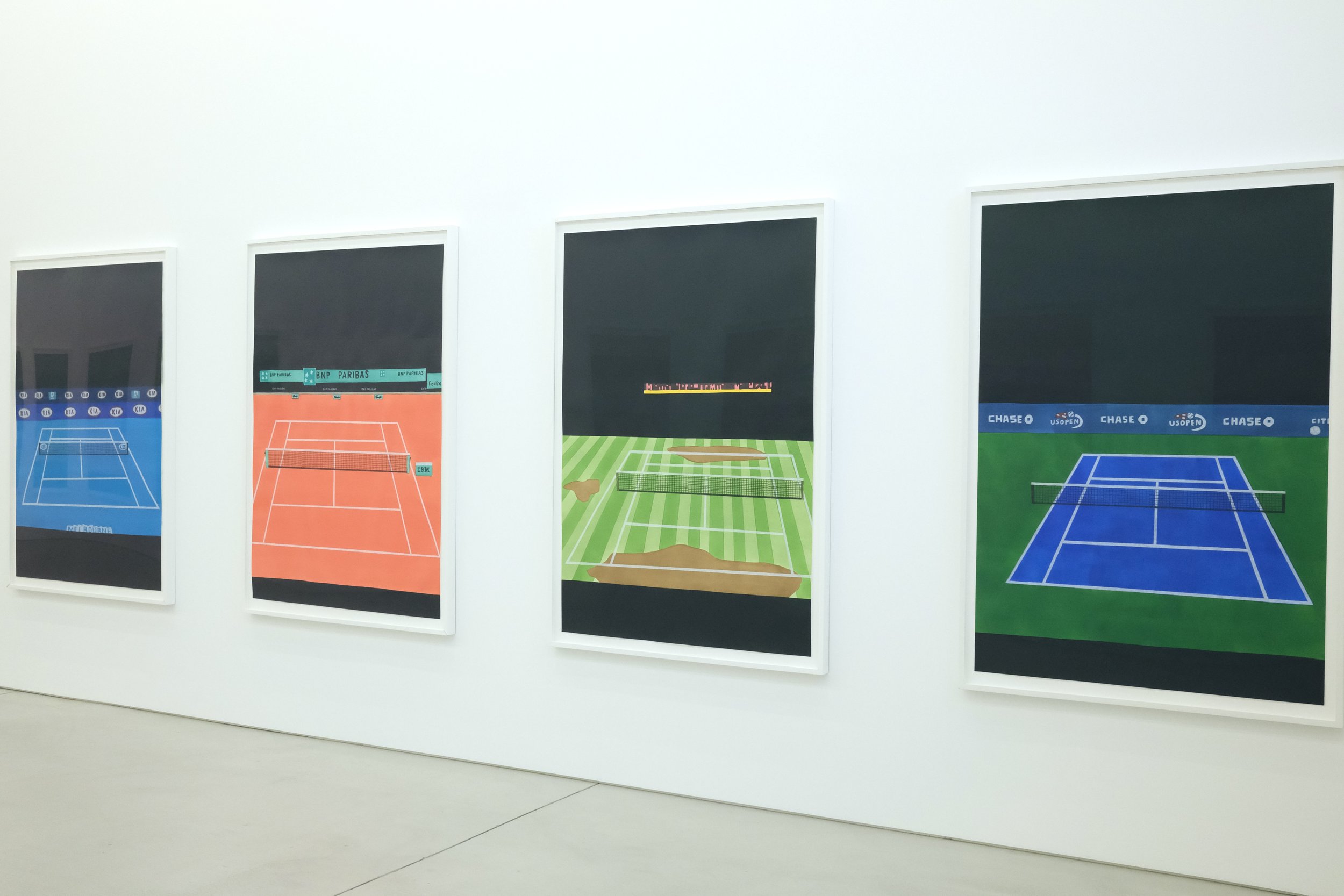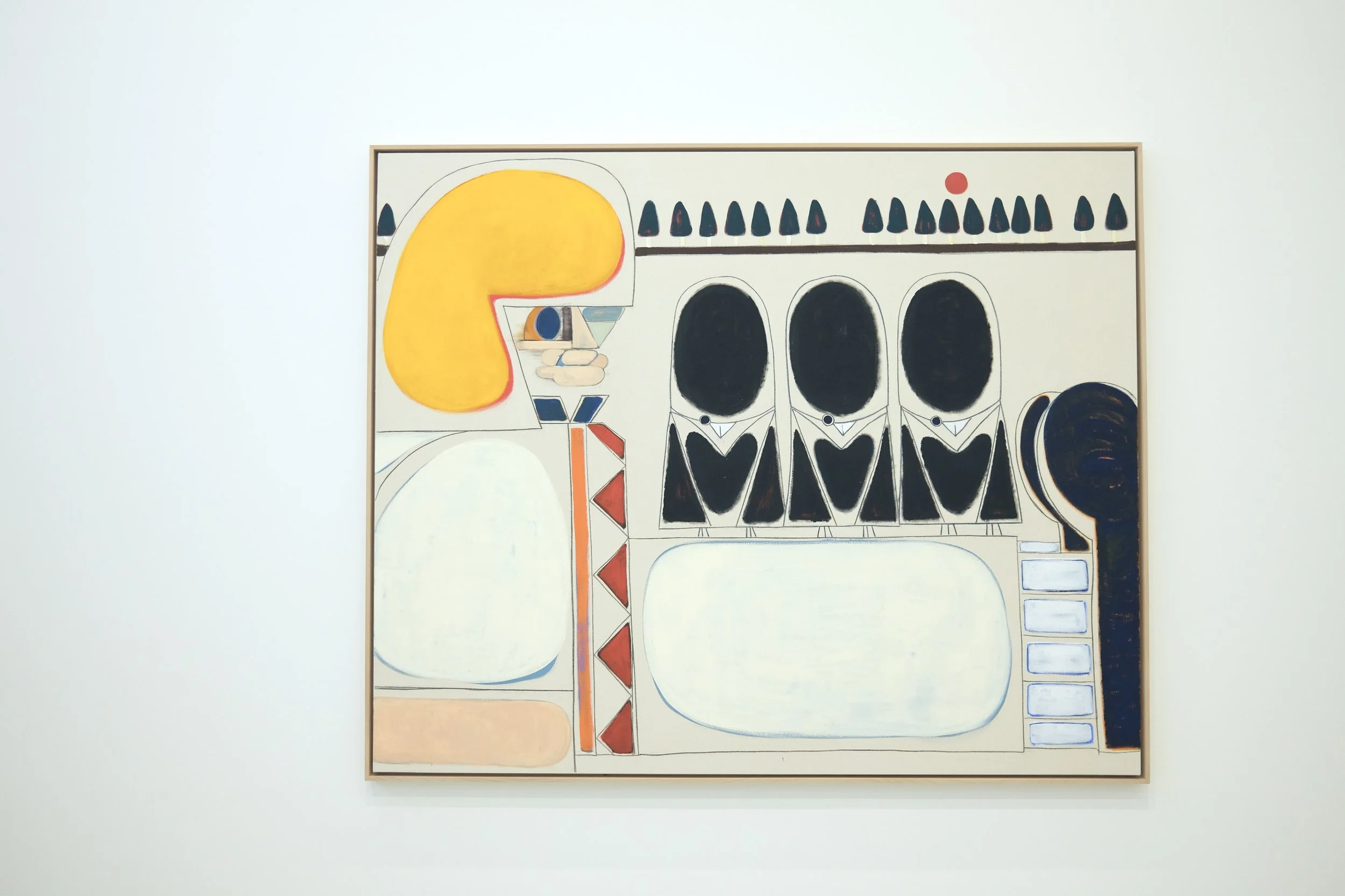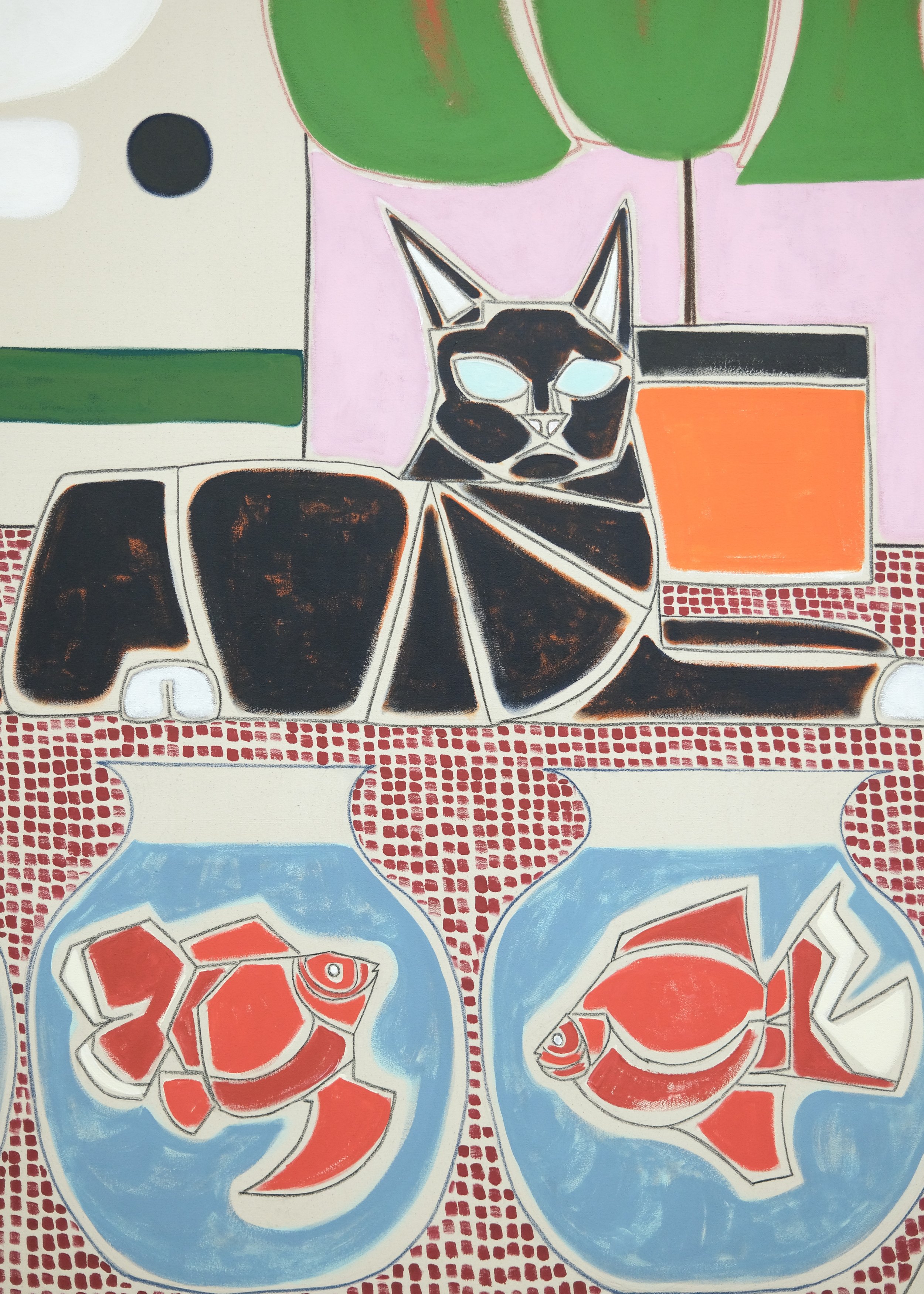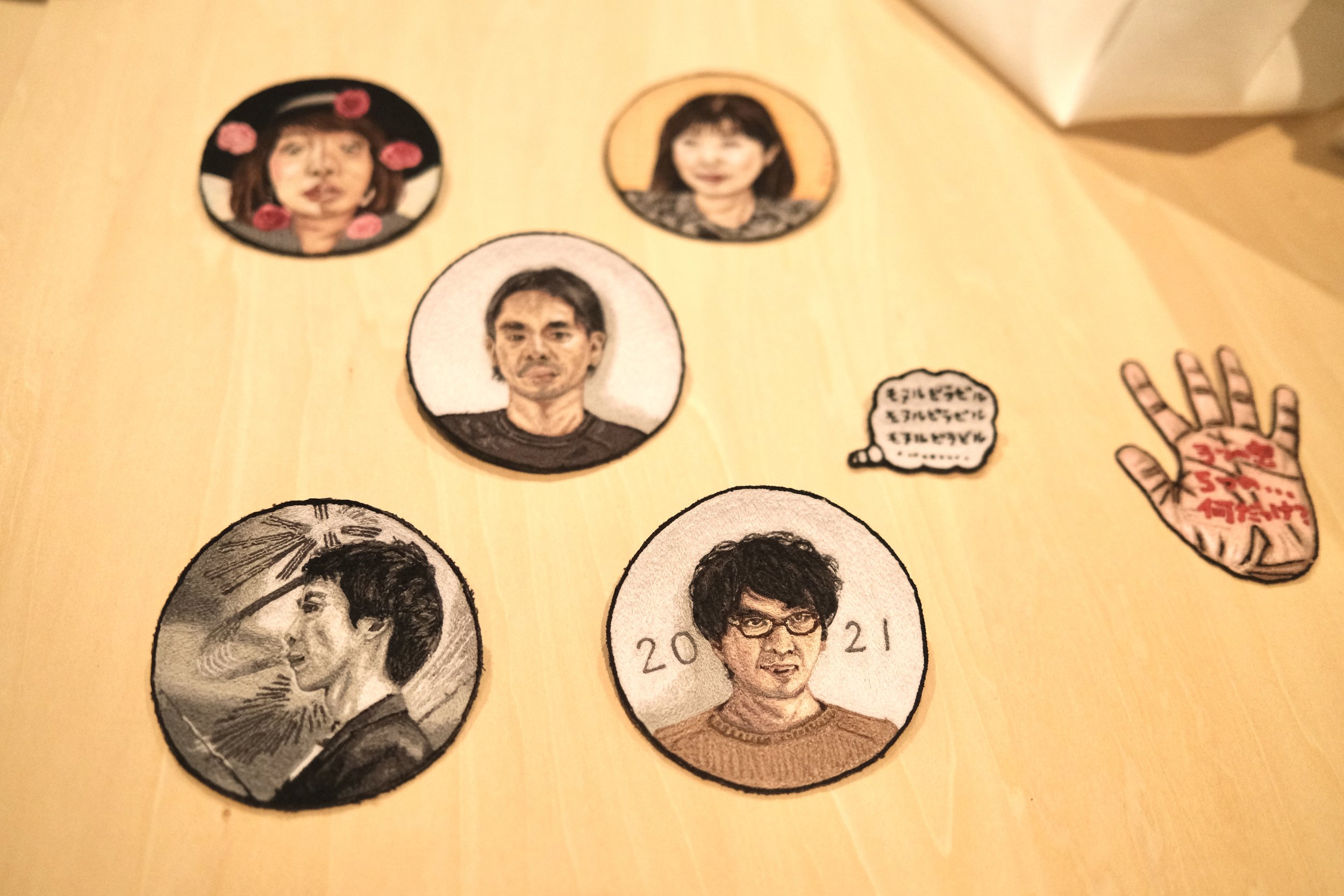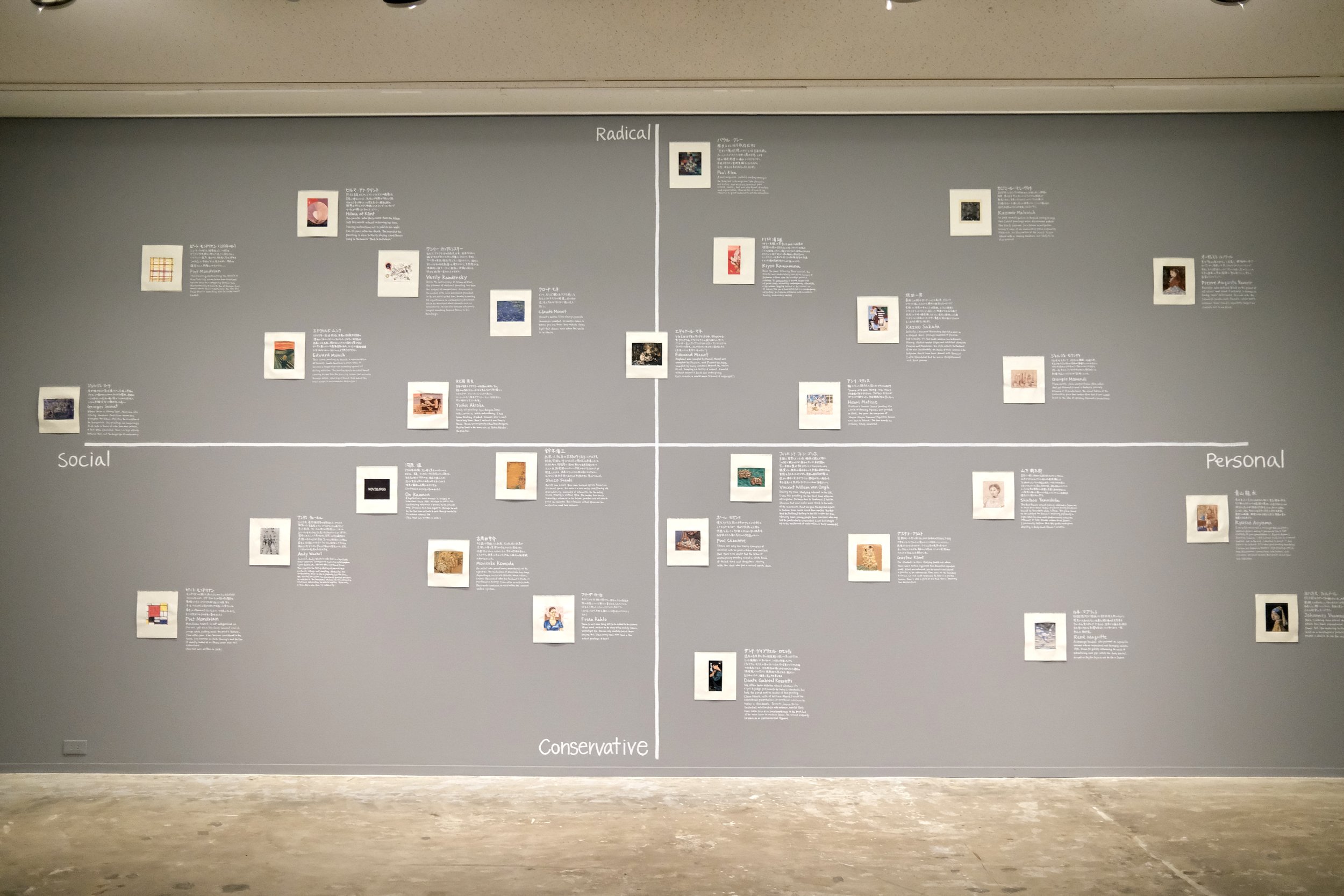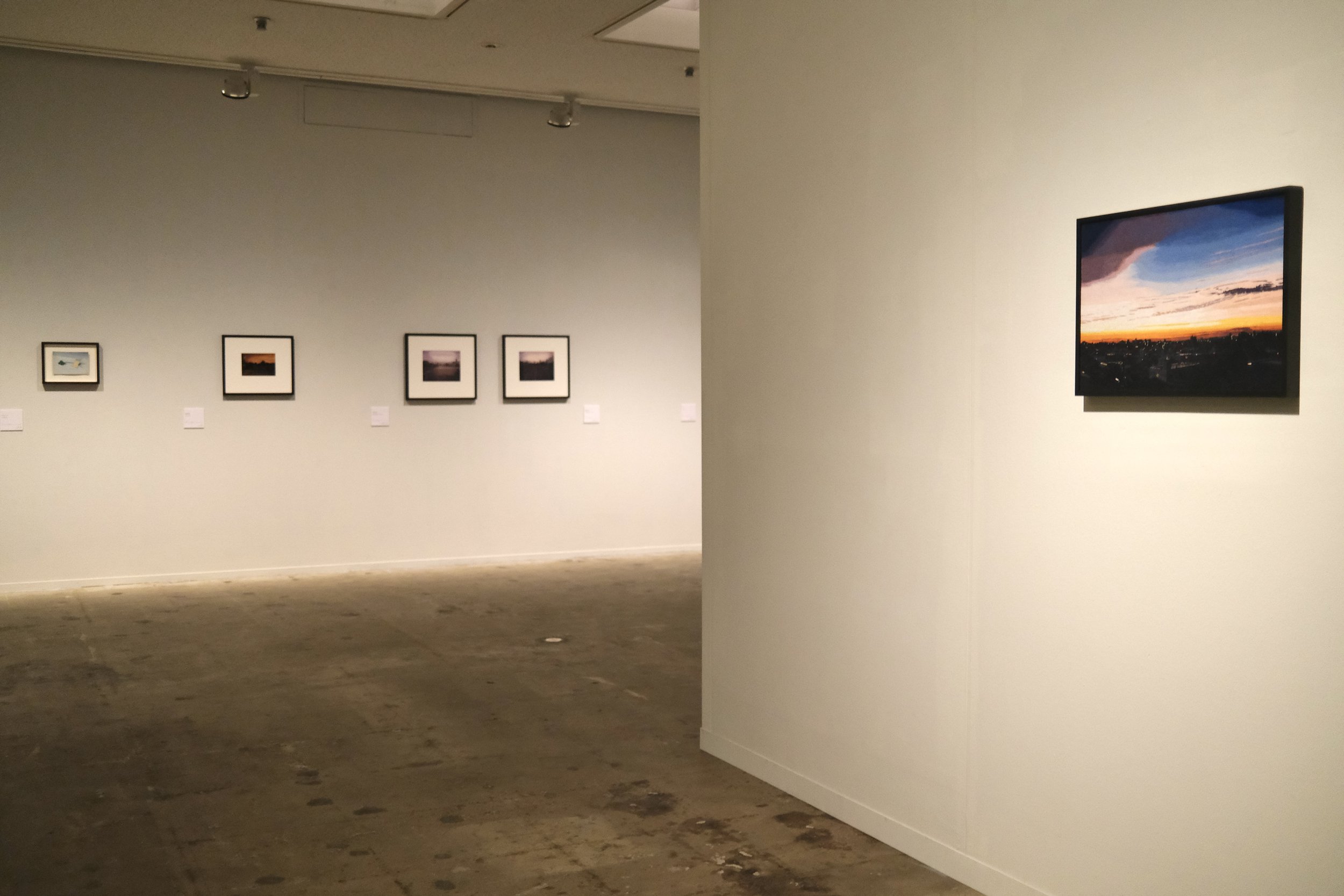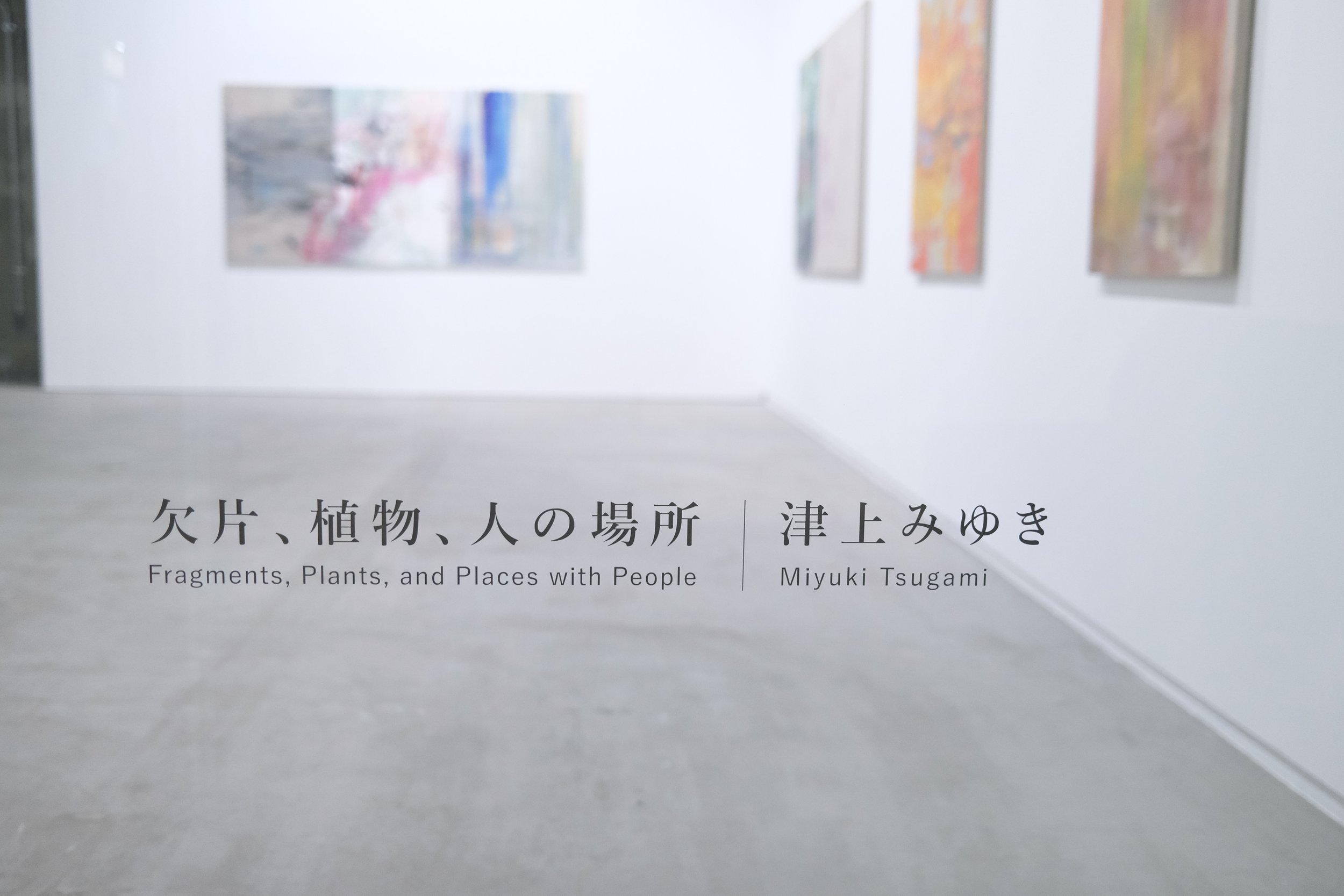A disservice, a slander, a libel-for angelology as properly constituted has nothing to do with Touched by an Angel or Hummel figurines. Angelology, rather, is the discipline that probes the ecstasies of transcendence, the ineffable nature of meaning that permeates reality, in a space with which words themselves can't fully grapple. Just because angelology reduces us to the wooliest of superlatives -"infinite," "eternal," "ecstasy," "transcen-dence" —doesn't mean that they don't refer to that something, nor is it a reason to abandon angels themselves to the saccharine and the mawkish. The poet and folk musician Leonard Cohen, a consummately nonmawkish and antisaccharine artist, a lover but not a sentimentalist, was asked in a 1984 interview by the journalist Robert Sward of the Canadian Broadcasting Corporation about his affection for the word "angel." Detailing his attraction to the way the term was used by those great poets of beatitude Allen Gins-berg, Jack Kerouac, and Gregory Corso, Cohen admits that "I never knew what they meant, except that it was a designation for a human being and that it affirmed the light in an individual." This is a telling answer about the angelic, our attractions to them whether in Paradise Lost or It's a Wonderful Life, the manner in which such beings reflect the divinity in humanity and the humanity in divinity. They are otherworldly but near; alien but familiar; pure alterity and yet totally personal. Angels are the waystation between us and the unapproachable God. Cohen explains how the Beat poets were anything but maudlin in their attraction to the image of the angel; such a being to them wasn't evidence of cheap faith, but rather of the connections between the suffering soul and something in the great beyond, a light in the perennial darkness. "An angel is only a messenger, only a channel," Cohen says, and yet we're angels to each other, for the "fact that somebody can bring you the light, and you feel it, you feel healed or situated. And it's a migratory gift," suggesting that angels themselves are as much verb as noun. - ELYSIUM, a visual history of angelology, by Ed Simon, Introduction - page 8
Tony Cragg
Morimura Yasumasa Five Characters in a Transformer
Kishio Suga “There Is Neither Such Thing as Being, Nor Such Thing as Not Being”
Sakuji Yoshimoto Pictorial Pilgrimage III
Willem de Kooning e l'Italia
Gallerie dell'Accademia in Venice
Self and Beyond, a group exhibition
5/11 - 6/15/2024
Ota Fine Arts Tokyo is delighted to present "Self and Beyond", a group exhibition by Ay Tjoe Christine, Rina Banerjee and Maria Farrar. The works of these three female artists explore themes of the self, expanding on reflections on personal emotions, self-presentation and self-identity in the urban society.
Nina Canell / Reijiro Wada 42 Days
PIERRE HUYGHE. LIMINAL
Elysium, A Visual History of Angelology, Ed Simon
Those who go searching for angels inevitably convince themselves that they've found them; it's the uneasy visions among the unprepared that announce themselves. In my case, I happened to be sitting on my faux leather couch, dusted in crumbs and stains, in my former apartment that overlooked the Lehigh Valley and the crumbling, rusting steel mill some miles downriver, either reading a novel or watching television, I can't remember. Suddenly, with absolutely no indication this would happen, I was utterly, totally, completely, and fully convinced of the following: the unity of all creation, the benevolence of that reality, the thrumming of a blessed energy beneath the universe— and most of all, I felt a genuine and infinite tenderness toward all of my fellow suffering creatures, an empathy that for a second made pure adrenaline course through my heart, that left my mouth dry and my head dizzy. I felt, for a second, as if I was in the glorious presence of a kind and knowing and wonderful something.
Now, normally I'm rather a shit. Which is why this uncharacteristically moving sense of togetherness with existence still remains so memorable to me. And I'm under no illusions as to the veracity of that experience, that divine "click" that suddenly moved in heart and spirit, soul and mind. No doubt there could be some recourse to material explanation, a kernel of dopamine that got loose in my synapses, some endorphins kicked up for a physiological reason. At that point I was a few months sober, and the reformed among us tribes of dipsomaniacs often speak of a so-called pink cloud, the heady rush of those first few months when you've dried out and you're no longer bathing your nervous system in liquid depressant, so the most basic of normal functions appear as if heaven to you. So maybe it was some random neuron flaring, just a bit of the cognitive flotsam that gets trudged up now and again, more often through chemical inter-vention, but occasionally through the sheer randomness of everything.
All of this could be true-and it strikes me as utterly irrelevant. Because whether that experience was just "in my head" misses the point of what perception is-everything is, of course, mediated through my head. The question is whether it corresponded to anything in the outside world, but when it comes to ecstasy and transcendence that very question strikes me as more of a categorization mistake than as anything that is particularly useful, Barbara Ehrenreich, the great muckraking journalist, writer, and thinker, had a not dissimilar experience when she was a thirteen-year-old girl in California, writing in Living with a Wild God: A Nonbeliever's Search for the Truth about Everything how she suddenly realized that "it seemed astounding to just be moving forward on my own strength, unim-peded, pulled toward the light." This was no Saul to Damascus moment for Ehrenreich, who was and remained an atheist her whole life, but it was an acknowledgment of an uncanny something. Reflecting on that moment, she writes, "You can and should use logic and reason all you want. But it would be a great mistake to ignore the stray bit of data that doesn't fit into your preconceived theories, that may even confound everything you thought you were sure of."
Because the situation is, whether angels are "real or not," people have long experienced them, and still do. I'm envious, because I would love to see an angel, though I think that I've experienced grace, and that's not necessarily a different thing. Often the word "theophany" is used to describe the divine encounter, the experience of something that is infinite and eternal, both immanent and transcendent, and far above our prosaic reality. The beauty of theophany is that such encounters happen in the real world, for where else would they occur? - Elysium, A Visual History of Angelology, Ed Simon, Introduction - Torward an Angelic Poetics, page 7
Henri Cartier-Bresson, The Mind’s Eye
To me, photography is the simultaneous recognition, in a fraction of a second, of the significance of an event as well as of a precise organization of forms which give that event its proper expression.
I believe that, through the act of living, the discovery of oneself is made concurrently with the discovery of the world around us, which can mold us, but which can also be affected by us. A balance must be established between these two worlds-the one inside us and the one outside us. As the result of a constant reciprocal process, both these worlds come to form a single one. And it is this world that we must communicate.
But this takes care only of the content of the picture. For me, content cannot be separated from form. By form, I mean a rigorous organization of the interplay of surfaces, lines, and values. It is in this organization alone that our conceptions and emotions become concrete and communicable. In photography, visual organization can stem only from a developed instinct. - 1952
Henri Cartier-Bresson, The Mind’s Eye - Writings on photography and photographers, page 42
Susumu Kamijo
Shingo Francis
Satoru Aoyama
Miyuki Tsugami
Biennale Arte 2024 - Giardini Germany

















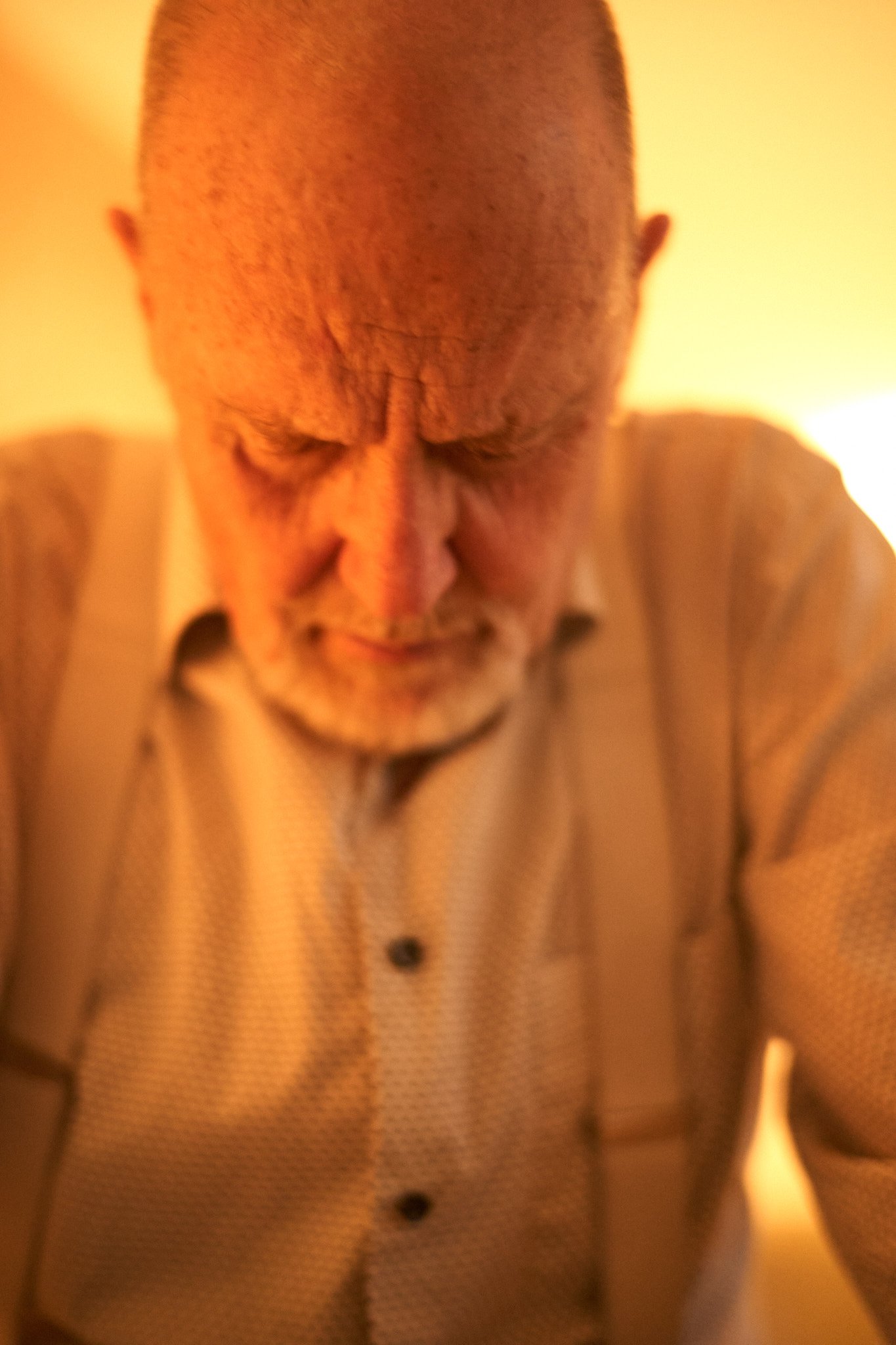










































































Oki Junko - Promise
Kosaku Kanechika Tokyo
A NEW HISTORY OF WESTERN ART by Koenraad Jonckheere
A NEW HISTORY OF WESTERN ART by Koenraad Jonckheere
page15
[[A NEW HISTORY OF WESTERN ART]], [[Koenraad Jonckheere]], page 15, introduction
The opening up of the discipline of art history in the twentieth century provides the basis for how this book is structured. Art history took off in the previous century, with increasingly frequent attempts to explain artistic developments from new and interdisciplinary angles. These innovations relied on a succession of big names: art historians who creatively scrutinised the history of their own field before thoroughly transforming it. Some of them - Heinrich Wölfflin or Max J. Friedländer, for instance - developed classic models for the study of style and authenticity, while others presented new interpretative concepts and structures. One such was Aby Warburg, who pioneered iconology - an innovative discipline that evolved out of iconography, with the goal of interpreting visual language within a broad context. Furthermore, the focus of art historiography has shifted in recent decades away from the relationship between artist and artwork toward reception aesthetic' (the way the work has been received by the public over the centuries) on the one hand and 'technical art history' (the study of the material and technical characteristics of the objects) on the other.
The fresh interest in an artwork's various layers of meaning ranged from the elementary analysis of their iconography through to their complex contextual interpretation. In pursuing that interest, the aforementioned art historians were among those who, from the twentieth century onwards, consistently drew on insights from other academic disciplines: economics, the history of science, neurology, sociology, anthropology, religious studies, chemistry, mathematics etc. As a result of this, art history is no longer purely 'historical' (based on source research) or formalist (stylistic history), but has transformed itself into a Bildwissenschaft, the study of visual culture. In this way, art has increasingly been examined from entirely new perspectives, with the emphasis in many cases no longer on aesthetic value but rather on the way in which its visual language functions within a given culture and context. This tendency has been reinforced by the steadily advancing visualisation of communication in the twentieth and twenty-first centuries. Today's newspaper front pages are filled with photographs rather than text. Images capture the stories told on social media, with millions of photos and videos uploaded to the Internet every day. In this digital world, even the physical relationship with the material object seems to be disappearing. Aesthetic images flash by and seldom appear in physical form any more. Prolonged contemplation has given way to fleeting stimuli.
This book considers art as a catalyst. the object that absorbs meanings and history and drives the chemistry of thought processes. Separate from the aesthetic experience or intriguing concept alone, art is the materialisation of new technologies, the visualisation of new societal paradigms or even the financial valorisation of a perception. Art is the instrument of politics and religion, the pacesetter
of revolutions and the spark that triggers extreme reactions, such as image-smashing. Art is a visual idiom, the vehicle of unlimited meaning but, above all, an exceptionally powerful form of communication, all with a touch of magic, as Johannes à Porta recognised.
The book does not agree in this sense with Ernst Gombrich's famous statement that 'There really is no such thing as Art. There are only artists? To claim the opposite would be going too far, but the least we can say is that it is the works of art that call the shots. They are first and foremost wonderful objects in which an infinite number of stories that appeal to the imagination cohere. The upshot of this is also that beauty and taste are not the be-all and end-all either; they are merely one link in a complex of factors.
Yoriyas (Yassine Alaoui Ismaili) "Casablanca Chess Cafe" Exhibition
Venue: agnès b. Gallery Boutique La Fleur Minami Aoyama 2F, 5-7-25 Minami Aoyama, Minato-ku, Tokyo
Dates: Saturday, April 20, 2024 - Sunday, May 12, 2024
*Closed on Monday, April 22nd. Hours: 12:00-19:00




